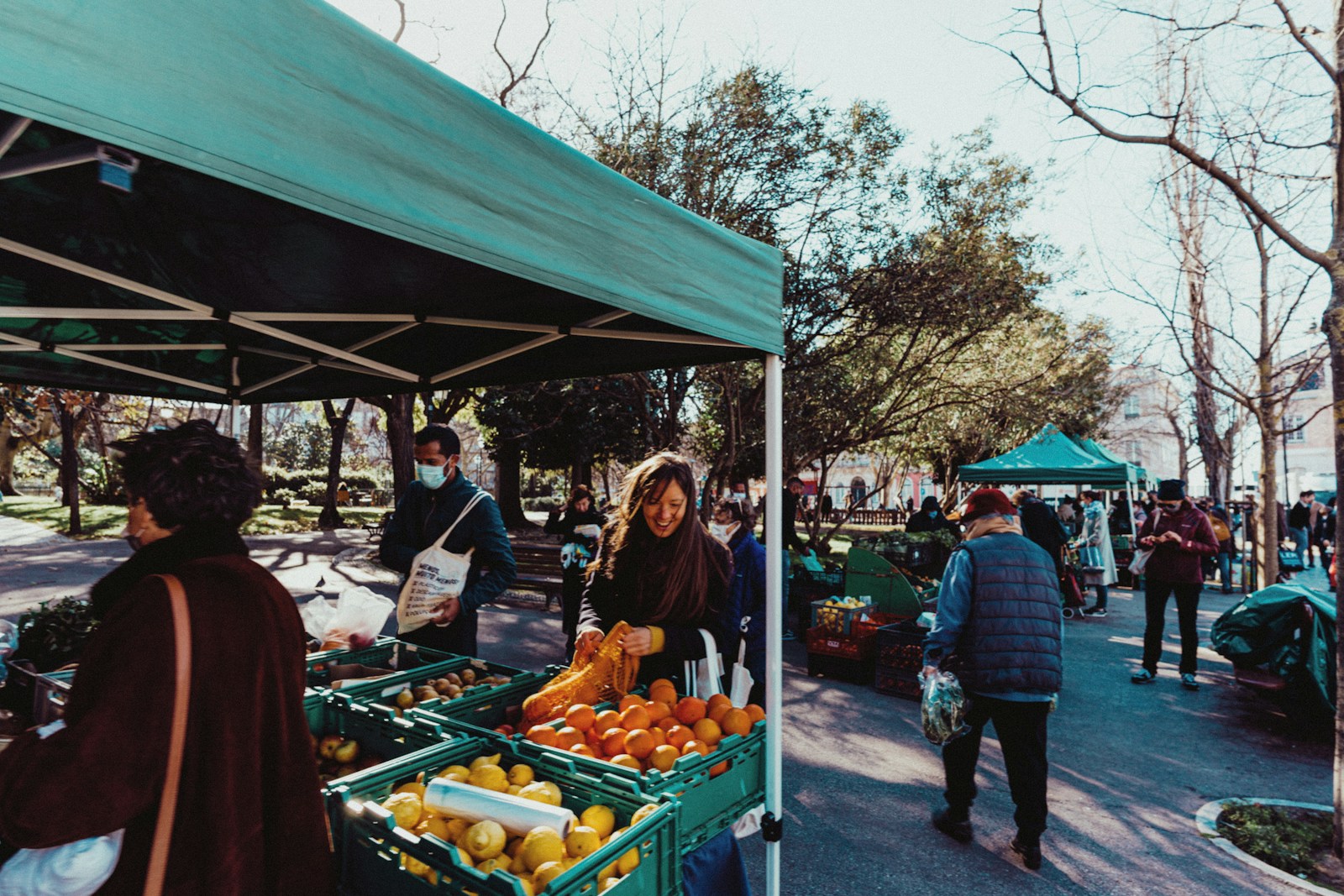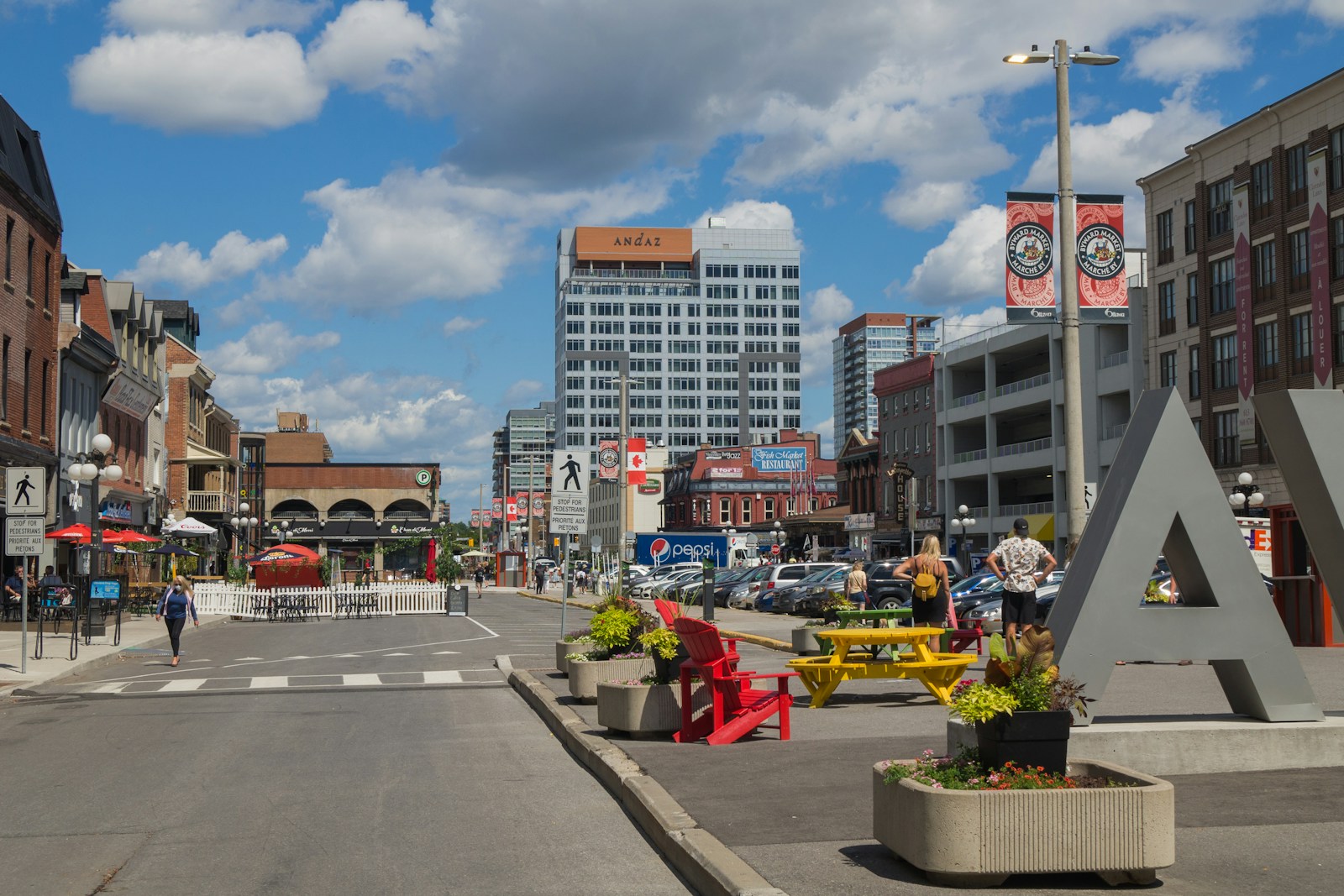Introduction: Why Ottawa Is the Perfect Launchpad for Short Escapes
Ottawa is surrounded by some of the most charming villages, beautiful natural landscapes, and peaceful small towns in Ontario and Quebec. Within a quick 30-minute to 2-hour drive, you can explore lakes, mountains, quaint historic communities, and incredible outdoor experiences. Whether you're craving a relaxing weekend, a fun family trip, or a romantic escape, these weekend getaways near Ottawa offer unforgettable experiences—without the long drive.
What Makes Ottawa Weekend Getaways So Special?
Easy Drives & Scenic Routes
Most destinations are connected by scenic highways and winding country roads.
Family-Friendly, Romantic & Outdoor Options
There’s a getaway for every type of traveler—from cozy villages to active adventure spots.
Four-Season Adventures
Enjoy winter skiing, fall colours, spring markets, and summer trails.
Gatineau Park – Nature’s Playground Just Minutes Away
Hiking, Lookouts & Wildlife
Only 15 minutes from downtown Ottawa, Gatineau Park is perfect for:
Hiking
Biking
Swimming
Cross-country skiing
Snowshoeing
Top Spots: Pink Lake, King Mountain, Champlain Lookout
These iconic lookouts offer breathtaking views of rolling hills and lush forests.
Wakefield – A Charming Village With Artistic Flair
Covered Bridge, Riverside Views & Boutique Shops
Wakefield blends creative energy with small-town charm. Visit:
The famous Wakefield Covered Bridge
The Gatineau River shoreline
Little cafés and bakeries
Where to Eat & Explore
Enjoy farm-to-table dining, local art shops, and scenic nature trails.
Calabogie – Adventure, Mountains & Lakeside Relaxation
Calabogie Peaks Resort
A top destination for:
Skiing
Mountain hiking
Lakefront relaxation
Fall colour viewing
Best Hiking Trails & Hidden Lakes
Explore Eagle’s Nest Lookout, Manitou Mountain, and peaceful lakes ideal for canoeing.
Perth – Historic Beauty & Small-Town Romance
Stone Architecture & Scenic Parks
Perth features 19th-century stone buildings, historic bridges, and beautiful parks.
Local Restaurants & Artisan Shops
Enjoy charming boutiques, riverside patios, and unique dessert cafés.
Merrickville – The Jewel of the Rideau
Heritage Buildings & Boutique Shopping
This picturesque small town is known for:
Its historic architecture
Antique shops
Local artisans
Best Restaurants & Outdoor Activities
Walk the Rideau Canal locks, kayak the river, or enjoy fine dining in a cozy heritage building.
Arnprior – Riverside Calm & Quiet Escapes
Friendly Town Atmosphere
Arnprior sits along the Ottawa River and Madawaska River, creating a peaceful, relaxed vibe.
Beaches, Parks & Local Markets
Visit Gillies Grove, Robert Simpson Park, and local cafés for a perfect low-key day.
Montebello, QC – Luxury Wilderness & Wildlife Adventures
Omega Park Wildlife Experience
Drive through a wildlife park featuring elk, moose, boars, wolves, and more.
Fairmont Château Montebello
One of the largest log buildings in the world, offering:
Fine dining
Spa services
Waterfront views
Skiing and dog sledding in winter
Brockville – Waterfront Getaway Along the St. Lawrence
Aquatarium, Cruises & Islands
Enjoy interactive exhibits and boat tours through the Thousand Islands region.
Downtown Exploration & Dining
The historic core offers patios, boutiques, and stunning river views.
Almonte – A Scenic Mill Town Full of Character
Mississippi River Views
Almonte’s beautiful waterfalls and heritage mills create the perfect backdrop for a relaxing stroll.
Local Cafés & Artisan Spots
Check out adorable coffee shops, handmade-goods boutiques, and riverside patios.
Smiths Falls – Relaxed Living Beside the Historic Rideau Canal
Parks, Trails & Museums
Visit:
The Rideau Canal Museum
Parks along the water
Cute local restaurants
Great Stop for Families & Road Trips
A calm, accessible getaway with plenty of outdoor space.
Comparison Table: 10 Best Weekend Getaways Near Ottawa
Tips for Planning the Perfect Quick Escape
Build a Loose Itinerary
Choose 2–3 main activities and leave room for spontaneous exploring.
Choose the Right Season
Winter for skiing, summer for beaches, fall for hiking, spring for markets.
Pack Smart for Day & Weekend Trips
Bring snacks, water, layers, and camera gear for capturing scenic moments.
FAQs About Weekend Getaways Near Ottawa
1. What is the closest getaway from Ottawa?
Gatineau Park is only minutes away and offers incredible scenery.
2. Where can I go for a romantic weekend near Ottawa?
Wakefield, Perth, and Montebello are top romantic picks.
3. What are the best places for families?
Calabogie, Brockville, and Merrickville offer great family-friendly options.
4. Are there winter getaway options?
Calabogie Peaks, Montebello, and Gatineau Park offer winter sports and activities.
5. What’s the best nature getaway near Ottawa?
Gatineau Park and Calabogie offer stunning trail networks and lookouts.
6. Which towns are best for food lovers?
Almonte, Perth, and Merrickville have excellent cafés and local dining experiences.
Conclusion: Start Your Next Adventure Just Outside Ottawa
You don’t have to travel far to experience amazing scenery, charming villages, or fun family adventures. These weekend getaways near Ottawa offer incredible value, diverse activities, and unforgettable landscapes—all within a short drive. Whether you're craving peace, excitement, or a mix of both, your perfect escape is just around the corner.













